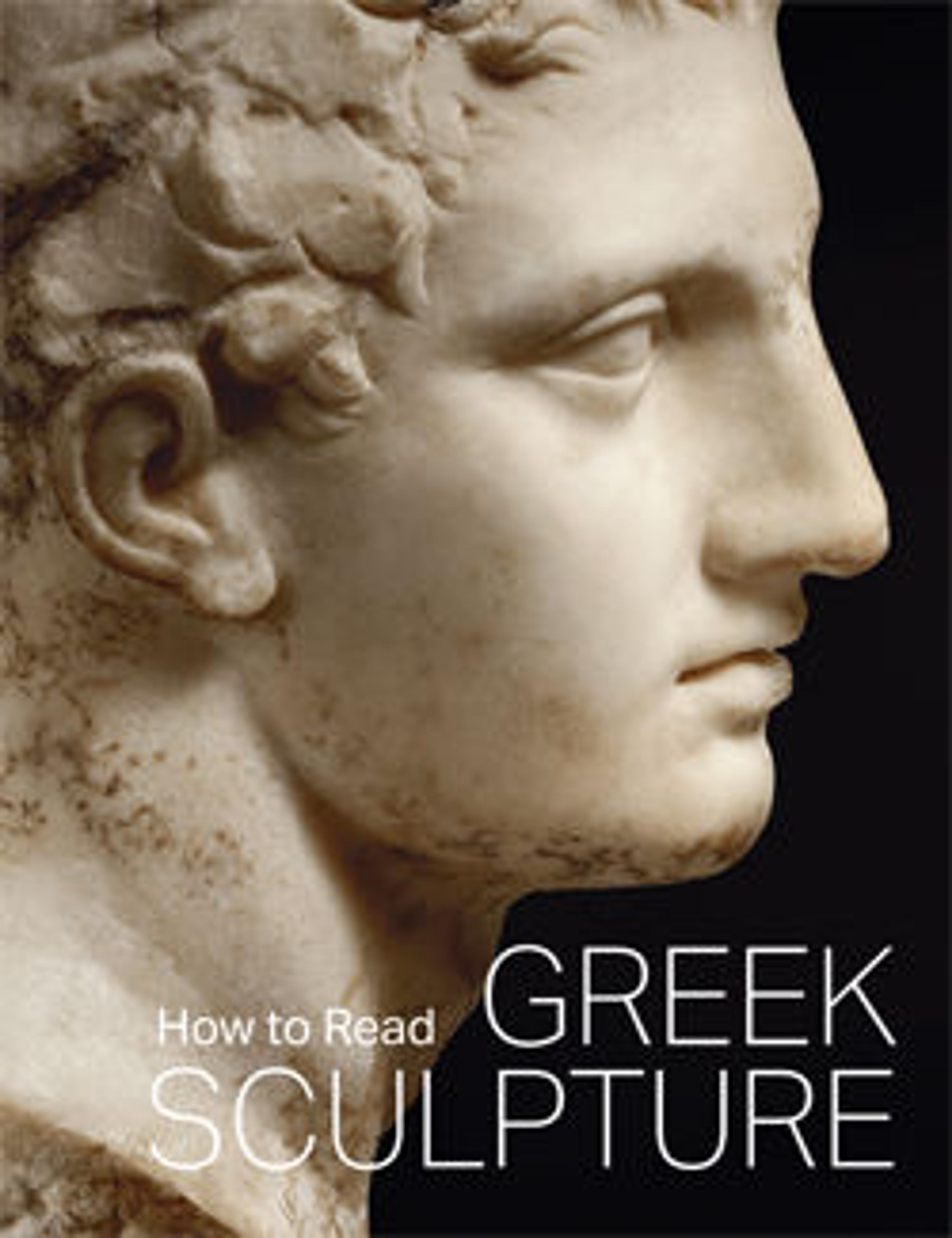Bronze statuette of an artisan with silver eyes
This statuette is remarkable for its synthesis of Hellenistic immediacy and Classical composure. The figure can be identified as an artisan by his dress and muscular build. Particularly telling is the pair of wax tablets tucked in his belt—the equivalent of a note pad—on which he would have written or drawn with a pointed stylus. The portrait is imbued with great psychological power and may represent a famous, even mythological, figure. For example, he may portray the Homeric hero Epeios, who with Athena's help carved the Trojan horse. It has also been proposed that he is the legendary master craftsman Daidalos, who built the labyrinth at Knossos, or even the famous fifth century B.C. Athenian sculptor Phidias, creator of the chryselephantine cult statue of Zeus at Olympia and master craftsman of the sculptures of the Parthenon on the Athenian Akropolis.
Artwork Details
- Title: Bronze statuette of an artisan with silver eyes
- Period: Late Hellenistic
- Date: ca. mid-1st century BCE
- Culture: Greek
- Medium: Bronze, silver
- Dimensions: 15 7/8 × 5 1/8 × 4 1/4 in., 15 lb. (40.3 × 13 × 10.8 cm, 6.8 kg)
- Classification: Bronzes
- Credit Line: Rogers Fund, 1972
- Object Number: 1972.11.1
- Curatorial Department: Greek and Roman Art
More Artwork
Research Resources
The Met provides unparalleled resources for research and welcomes an international community of students and scholars. The Met's Open Access API is where creators and researchers can connect to the The Met collection. Open Access data and public domain images are available for unrestricted commercial and noncommercial use without permission or fee.
To request images under copyright and other restrictions, please use this Image Request form.
Feedback
We continue to research and examine historical and cultural context for objects in The Met collection. If you have comments or questions about this object record, please contact us using the form below. The Museum looks forward to receiving your comments.
